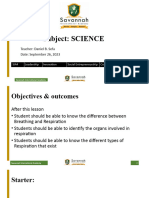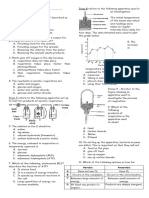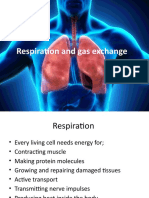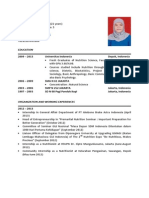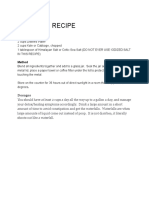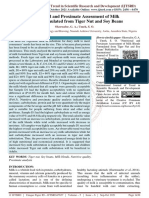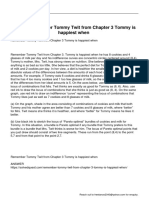100% found this document useful (1 vote)
454 views29 pagesS2 Bio RevisionNotes Final
The document is a revision file for the Cambridge Biology Mid Year Exam (2023-2024) covering topics such as respiration, ecosystems, and diet. It details the human respiratory system, gas exchange, breathing mechanisms, and the role of blood components, as well as adaptations of organisms in the Sonoran Desert and the impact of invasive species. Additionally, it discusses essential nutrients required for growth and health.
Uploaded by
nihaalbajaj30Copyright
© © All Rights Reserved
We take content rights seriously. If you suspect this is your content, claim it here.
Available Formats
Download as PDF, TXT or read online on Scribd
100% found this document useful (1 vote)
454 views29 pagesS2 Bio RevisionNotes Final
The document is a revision file for the Cambridge Biology Mid Year Exam (2023-2024) covering topics such as respiration, ecosystems, and diet. It details the human respiratory system, gas exchange, breathing mechanisms, and the role of blood components, as well as adaptations of organisms in the Sonoran Desert and the impact of invasive species. Additionally, it discusses essential nutrients required for growth and health.
Uploaded by
nihaalbajaj30Copyright
© © All Rights Reserved
We take content rights seriously. If you suspect this is your content, claim it here.
Available Formats
Download as PDF, TXT or read online on Scribd
/ 29











